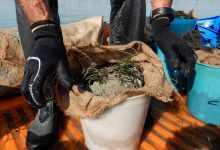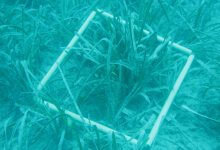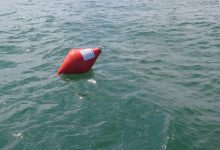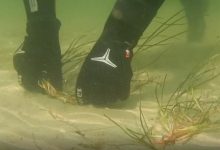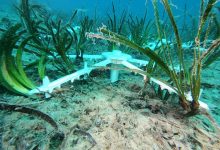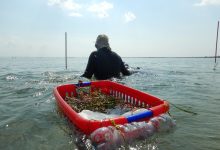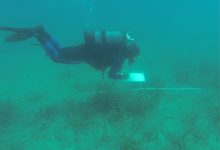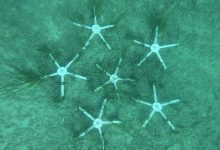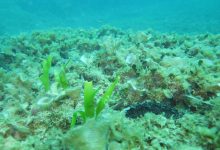Published on 03-02-2022
Seagrasses, in particular the Posidonia Oceanica beds (1120*), don’t have boundaries and are widespread in all the Programme coastal areas; therefore, as the problems related to their conservation status are similar in the two member states, significant results can be reached only by setting up a good cross-border cooperation within Italian and Croatian key partners. Indeed, the cross-border approach ensures coordinated and cooperative actions in planning and performing the protection and restoration activities, as well as the development of the foreseen Marine Seagrass Safeguard Integrated Management Program and of the guidelines with regulations for the management and the correct attitude and behavior in protected areas. The innovative aspect that goes beyond the already existing practices consists in joint cross-border biodiversity protection and restoration through the development of specifically tailored innovative solutions, harmonized for the entire Adriatic area and applicable to other similar realities facing the same biodiversity protection and restoration issues. SASPAS’ challenge is to preserve the biodiversity of the Adriatic Sea ecosystem and improve its conservation status in order to decrease its vulnerability. The overall objective is to improve seagrass preservation and restoration through laying safe anchorage innovative systems, by performing pilot transplantations, carrying out monitoring activities and defining an integrated management system for seagrasses in the Adriatic area. Such change will result in an improved conservation status of the habitat types and species within the Natura 2000 sites included in the Programme area. To reach the aim, the project will follow an applied scientific approach, the DPSIR (Driving force – Pressure – State – Impact – Response) model, thus analyzing the interactions between the society and the environment, as well as the cause-effect relationships between the interacting elements of complex social, economic and environmental systems. In this way, it is possible to measure the effectiveness of the Responses put into place. LP Comune di Monfalcone PP1 SELC società cooperativa PP2 CONISMA – Consorzio Nazionale Interuniversitario per le Scienze del Mare PP3 Parco Naturale Regionale “Dune Costiere da Torre Canne a Torre San Leonardo” PP4 SUNCE – Association for Nature, Environment and Sustainable Development PP5 Kornati National Park PP6 University of Rijeka PP7 CORILA – Consorzio per il coordinamento delle ricerche inerenti al sistema lagunare di Venezia xxx SASPAS – Interreg Italia-Croazia


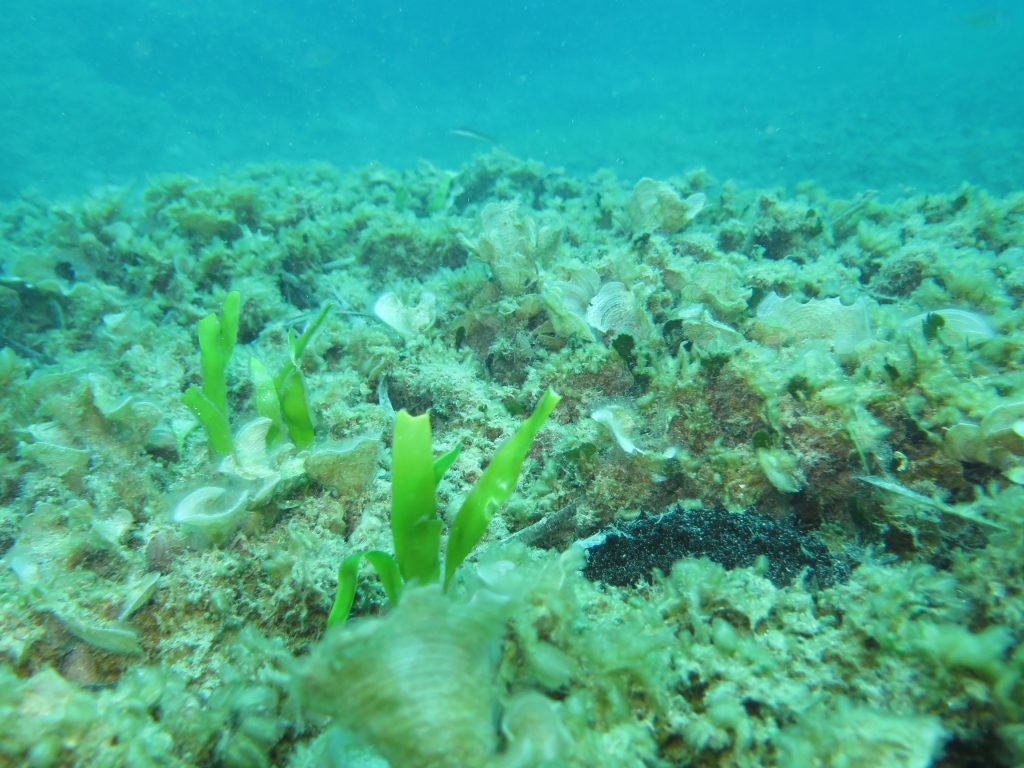
Media





